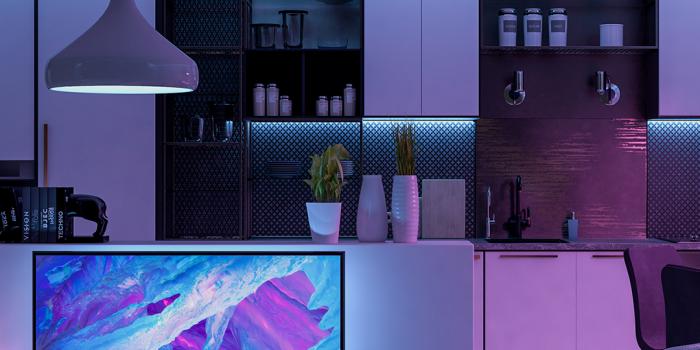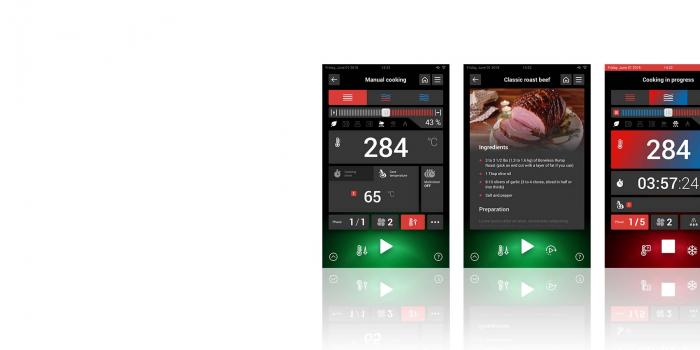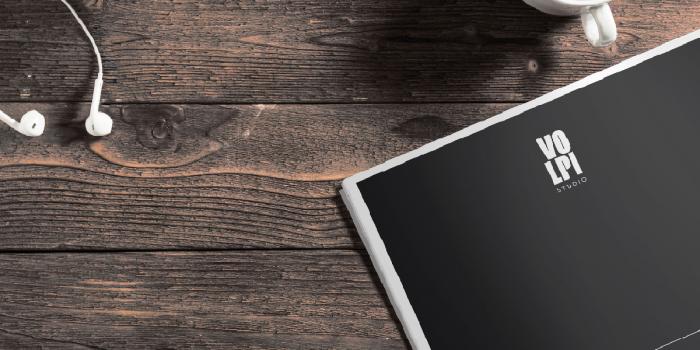 In Berlin took place the biggest event in the consumer electronics industry, where big brands presented their new products. From smartphones to wearables, from small appliances to robotics, without forgetting about gaming and virtual reality. Integrating virtual control systems like Amazon Alexa or Google Home is still a big trend, like we already saw at IFA 2016 and CES 2017: we are moving towards a future where we can control every appliance in our house even when away from home, just using a mobile device. IoT, voice control and smart assistants are the big market where companies are trying to seize every opportunity.
In Berlin took place the biggest event in the consumer electronics industry, where big brands presented their new products. From smartphones to wearables, from small appliances to robotics, without forgetting about gaming and virtual reality. Integrating virtual control systems like Amazon Alexa or Google Home is still a big trend, like we already saw at IFA 2016 and CES 2017: we are moving towards a future where we can control every appliance in our house even when away from home, just using a mobile device. IoT, voice control and smart assistants are the big market where companies are trying to seize every opportunity.  Smart appliances and robotics are two of the main themes we saw at IFA 2017. The market of floor cleaner robots is tempting for a lot of brands, like Miele, Bosch and big players like iRobots, AEG and Samsung. Bigger and smaller brands are trying to bring to the market new innovative solutions and performance improvements, with the idea that in the next future they could eliminate every manual cleaning gesture using autonomous and smart products. When using well-established technologies, usually the esthetic quality becomes the distinguishing element. A great example of this is the design of the floor cleaner robot presented by AEG, that chooses straight and dynamic lines over the usual roundness of this kind of products.
Smart appliances and robotics are two of the main themes we saw at IFA 2017. The market of floor cleaner robots is tempting for a lot of brands, like Miele, Bosch and big players like iRobots, AEG and Samsung. Bigger and smaller brands are trying to bring to the market new innovative solutions and performance improvements, with the idea that in the next future they could eliminate every manual cleaning gesture using autonomous and smart products. When using well-established technologies, usually the esthetic quality becomes the distinguishing element. A great example of this is the design of the floor cleaner robot presented by AEG, that chooses straight and dynamic lines over the usual roundness of this kind of products.  Candy presented Bianca, the new washing machine with voice control. It has a simple, clean and defined design, with an essential interface that it's just a knob (pretty similar to the Nest). Bianca increases the experience of the user with the possibility to control the appliance with the voice and the dedicated app. The experience with the product and the controls is now a key point in those appliances that are trying to conceal the complexity of their technology, in order to enhance the easiness of use. Dark and wide shells help to integrate touch surfaces in the products with elegance and cleanness.
Candy presented Bianca, the new washing machine with voice control. It has a simple, clean and defined design, with an essential interface that it's just a knob (pretty similar to the Nest). Bianca increases the experience of the user with the possibility to control the appliance with the voice and the dedicated app. The experience with the product and the controls is now a key point in those appliances that are trying to conceal the complexity of their technology, in order to enhance the easiness of use. Dark and wide shells help to integrate touch surfaces in the products with elegance and cleanness.  Siemens and Bosch presented X-Spect, the concept of an accessory that can scan and identify fabrics and stains. It transmit datas directly to the washing machine, that sets up the best washing cycle.
Siemens and Bosch presented X-Spect, the concept of an accessory that can scan and identify fabrics and stains. It transmit datas directly to the washing machine, that sets up the best washing cycle.  There's a strong coming back of the retrò style: curved lines, pastels and chrome platings for small appliances like kettles, toasters and countertop dishwashers like the one Midea presented among their many other interesting products. Born as an appliance for the Asian market, Midea is now introducing it in the European market too. About the dishwasher range, we saw some other noteworthy innovations too. The TrueSteamer system presented by LG has a peculiar positioning of the steam nozzles inside the dishwasher door. Electrolux presented the award winning ComfortLift system, a mechanism that lifts up the lower rack to make the loading and unloading of the dishwasher a lot easier.
There's a strong coming back of the retrò style: curved lines, pastels and chrome platings for small appliances like kettles, toasters and countertop dishwashers like the one Midea presented among their many other interesting products. Born as an appliance for the Asian market, Midea is now introducing it in the European market too. About the dishwasher range, we saw some other noteworthy innovations too. The TrueSteamer system presented by LG has a peculiar positioning of the steam nozzles inside the dishwasher door. Electrolux presented the award winning ComfortLift system, a mechanism that lifts up the lower rack to make the loading and unloading of the dishwasher a lot easier.  Still talking about the kitchen appliances branch, the new coffee machines by Nespresso and the chef ovens by Grundig and Miele are bringing some interesting news to the field, both for design and functions. Miele presented the new Dialog oven with M Chef technology: a completely new way of cooking. Essenzia Mini is the new compact coffee machine by Nespresso, that will compete with the Jolie by Lavazza in the small kitchen appliances field. At IFA Nespresso launched the new Lattissima One too, with a clean and ultra functional design.
Still talking about the kitchen appliances branch, the new coffee machines by Nespresso and the chef ovens by Grundig and Miele are bringing some interesting news to the field, both for design and functions. Miele presented the new Dialog oven with M Chef technology: a completely new way of cooking. Essenzia Mini is the new compact coffee machine by Nespresso, that will compete with the Jolie by Lavazza in the small kitchen appliances field. At IFA Nespresso launched the new Lattissima One too, with a clean and ultra functional design.  There's a lot to say about virtual reality. At IFA all eyes where on Microsoft and their Mixed Reality, a set that (unlike HTC Vive) doesn't need external cameras and allows to use a dedicated platform, Microsoft VR, that it's faster and has better visual performances. Surely the new platform created by Microsoft will shake things in this market, but to really rock the boat we have to wait until HTC finally decides to launch the Vive Standalone headset, for a wireless virtual reality experience.
There's a lot to say about virtual reality. At IFA all eyes where on Microsoft and their Mixed Reality, a set that (unlike HTC Vive) doesn't need external cameras and allows to use a dedicated platform, Microsoft VR, that it's faster and has better visual performances. Surely the new platform created by Microsoft will shake things in this market, but to really rock the boat we have to wait until HTC finally decides to launch the Vive Standalone headset, for a wireless virtual reality experience.
-

-

-

Perspectives Mar 30, 2020
KITCHEN 4.0: HOW DIGITALIZATION IS CHANGING THE RULES
Technological updating and the integration of an interconnected soul are turning modern professional kitchens into a perfect example of the 4.0 industry, where the product and its super digital powers become a tool to improve working conditions, enhance productivity, monitor the processes to achieve better results and create new business models






